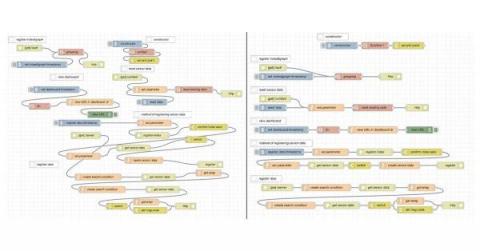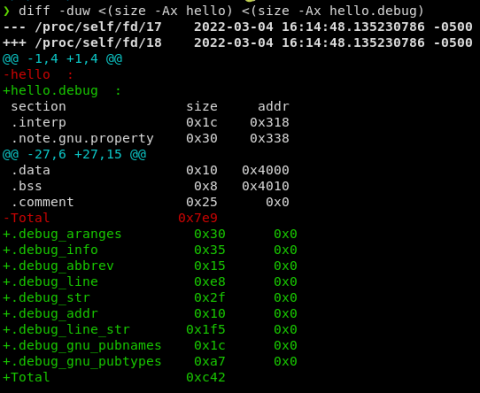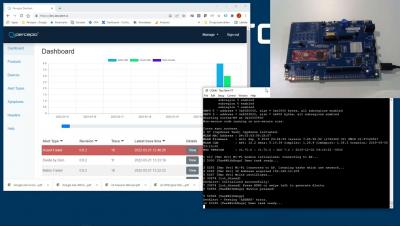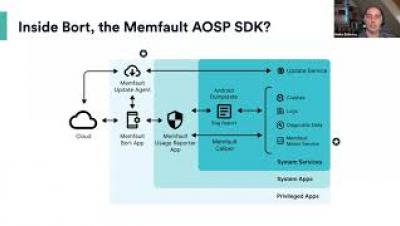Human-centric IOT: Why it can be a top priority for business success and branding
I was intrigued by two recent IoT related survey and reports. They emphasize use cases about efficiencies and return on investments but, surprisingly, there is no mention of people-safety nor productivity. I think it is imperative to place people at the heart of the IoT universe. Today, people related use cases have been greatly understated. We will be doing a great injustice if we continue to ignore the human angle.











